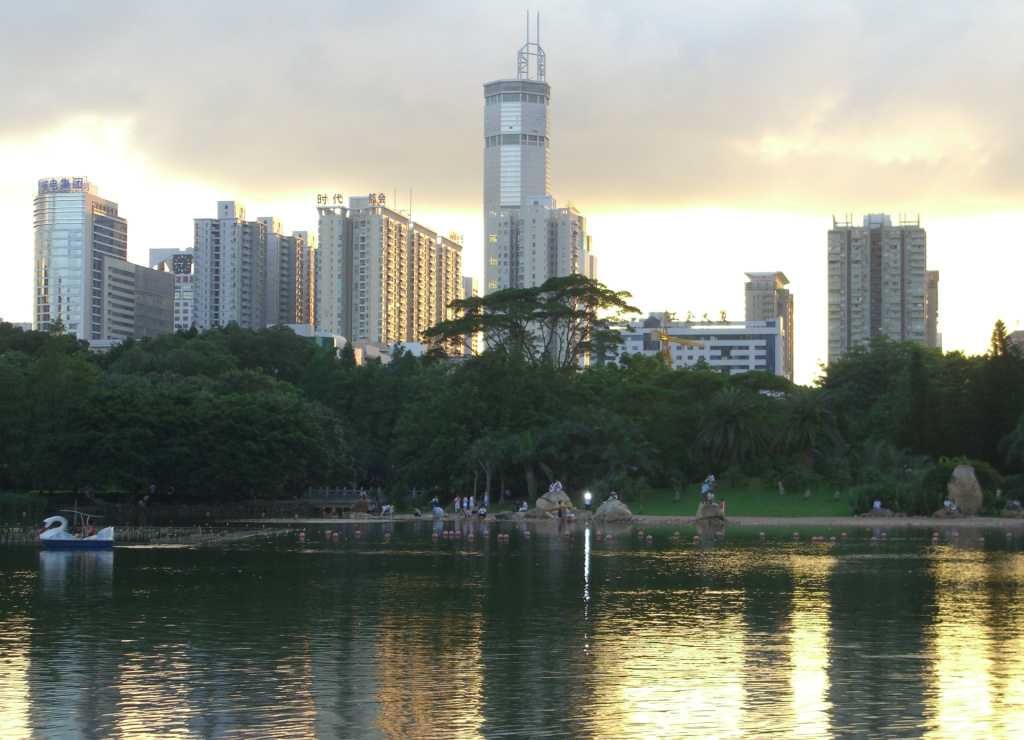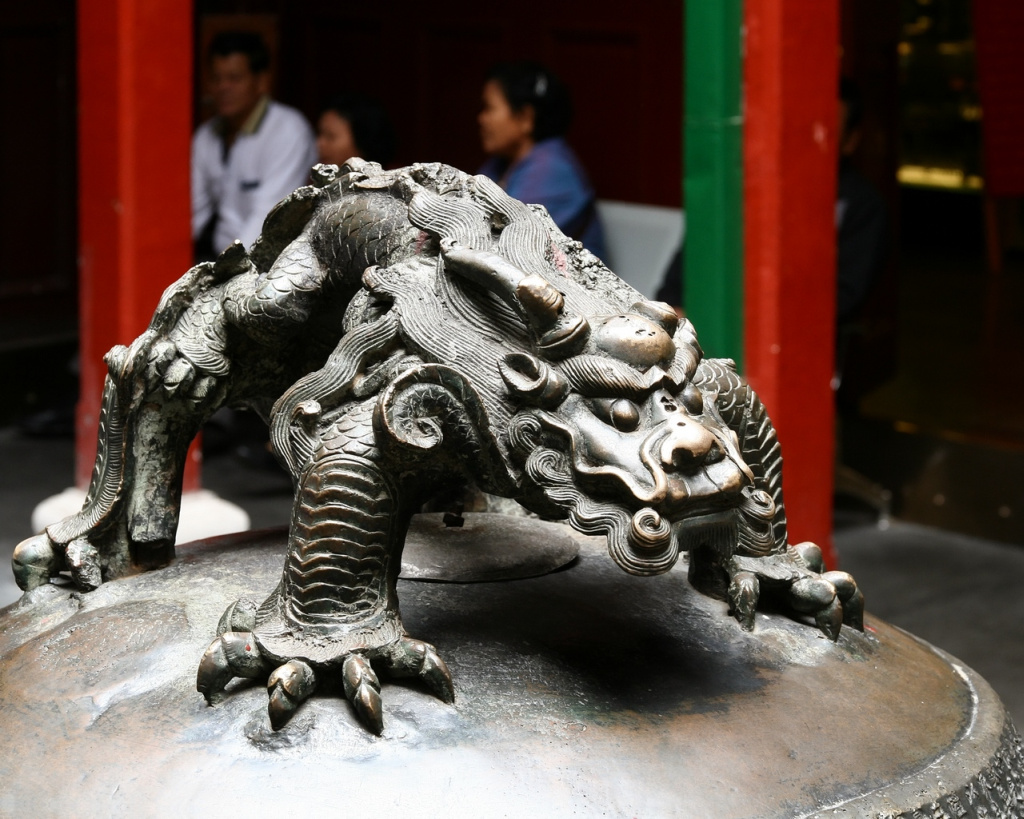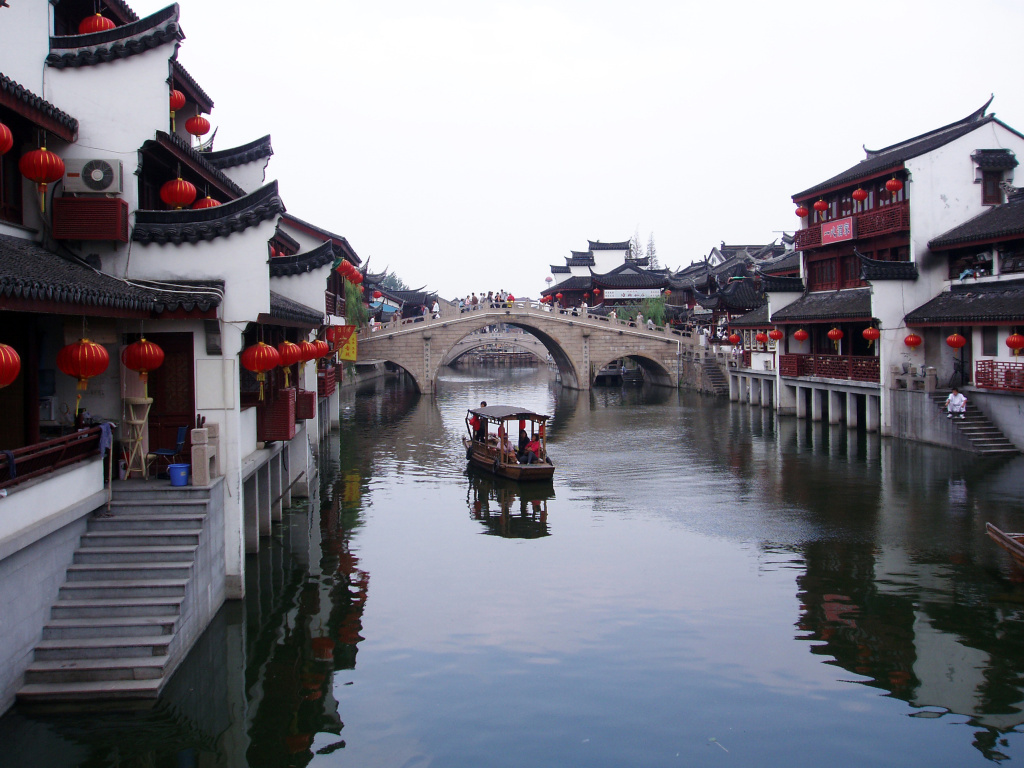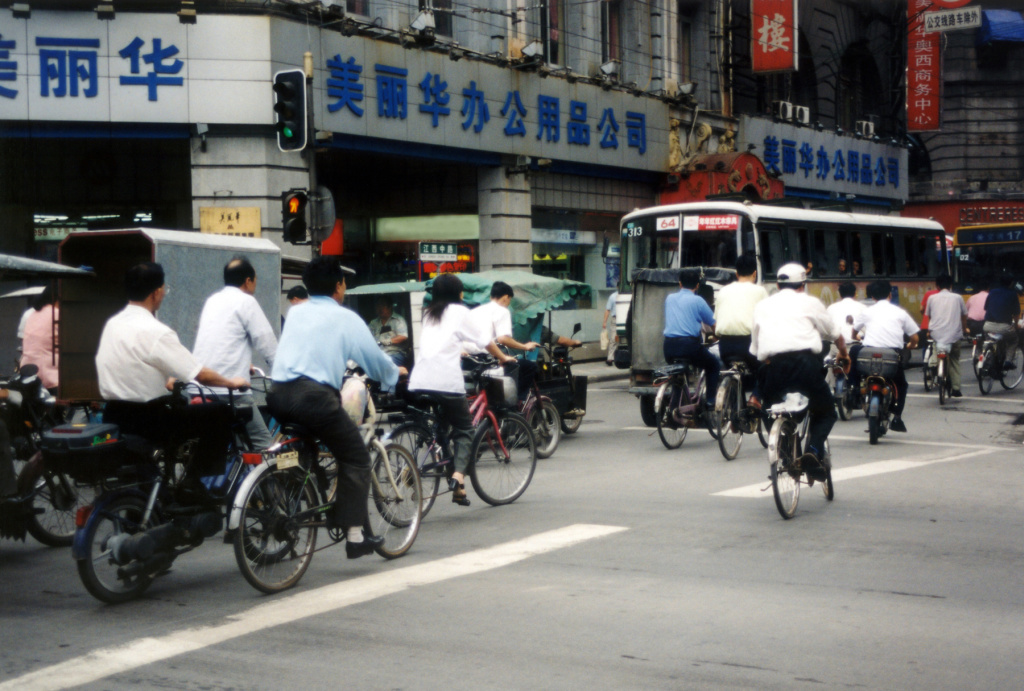This ancient land is so filled not only with natural beauty but also with mystery thus making it very attractive to many foreign visitors. China also boasts off rich culture and interesting history. China is the third largest country in the world with 9,600,000 sq km of land area and is also the most populous. Many of its natural resources are magnificent and are a delight to see.
But perhaps the greatest treasure of this ancient country is her rich and long history. The first human evolution in the land was said to be dated as early as 1.7 million years ago. The Xia Dynasty, established in 21st century B.C., was the first of the many Chinese dynasties. The prevailing cultural and economic system then was feudalism. It was not until Sun Yat-sen’s 1911 revolution that the 4,000 year-monarchy was put to an end. October 1, 1949 marked the birth of modern China aptly named as the ‘People’s Republic of China’. From the on, China has adapted new reforms like opening-up policy to foreign markets.
China, because of its history, culture and natural wonders is rapidly becoming a favorite tourist destination. So let’s take a quick look at two of China’s famed cities.
Shenzhen
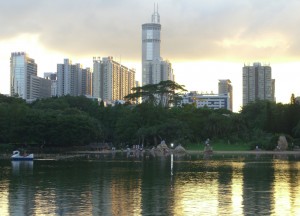 Given Shenzhen’s location being neighbors to Hong Kong and the Pearl River Delta has made it geographically advantageous for economic development. In fact, the first Special Economic Zone in China was developed in Shenzhen in 1980. Because of its rapid economic growth, Shenzhen is now one of China’s most celebrated cities.
Given Shenzhen’s location being neighbors to Hong Kong and the Pearl River Delta has made it geographically advantageous for economic development. In fact, the first Special Economic Zone in China was developed in Shenzhen in 1980. Because of its rapid economic growth, Shenzhen is now one of China’s most celebrated cities.
Although Shenzhen does not have vast historical attractions to offer unlike other Chinese’ famous cities, it has built several entertaining theme parks that also educate visitors about China’s history and also of the world’s. China Folk Culture Villages and Splendid China gives visitors a tour to China’s long history, whereas the Window of the World will give a traveler a one-day trip to every corner of the world. Other major tourist attractions in Shenzhen include the Safari Park in Nanshan district, Happy Valley, the Dameisha Promenade, Zhongying Jie/Chung Ying Street, Xiaomeisha Beach Resort in Yantian district, Minsk World and Xianhu Lake Botanical Garden.
Guangzhou
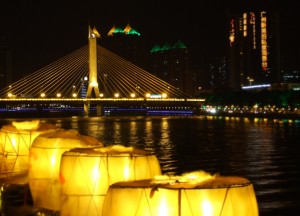 This prosperous metropolitan area is the capital of the province of Guangdong. Guangzhou is not only the capital city to Guangdong but is also center to its political, cultural, scientific and economic life. The city is also famously called Canton, its alternative English name. It is a harbor to Pearl River Delta; it is situated close to Hong Kong and extends to South China Sea. Given its advantageous physical location, Guangzhou earned its name as China’s South Gate.
This prosperous metropolitan area is the capital of the province of Guangdong. Guangzhou is not only the capital city to Guangdong but is also center to its political, cultural, scientific and economic life. The city is also famously called Canton, its alternative English name. It is a harbor to Pearl River Delta; it is situated close to Hong Kong and extends to South China Sea. Given its advantageous physical location, Guangzhou earned its name as China’s South Gate.
But before Guangzhou became its now metropolitan reputation, in earlier days, it was famous for being China’s capital city for three notable Chinese dynasties – Nan Han, Nan Yue, and Nan Ming. Given its important historical background, it was listed as one of 24 most renowned historical cities. Well-known historic highlights include the Tower of Zhenhai, the Western Han Nanyue King’s Tomb Museum, and the famed Memorial Hall, Sun Yat-sen.
The year 1949 is the year for Shanghai’s liberation. The Chinese Communist state has taken over the control of the city. It became the home for China’s Science and Technology advances aside from repossession of its economic, industrial and shipping center.
In 1978, standard of living improved in Shanghai and people had benefited from national policies. Foreign technologies as well as reconstruction and reform of economic system have been introduced which until now has taking its toll on Shanghai’s economic power. Today, Asia’s cosmopolitan city, Shanghai is characterized by innovation and modernization of services and infrastructure.
